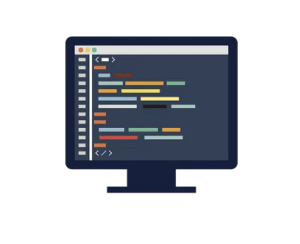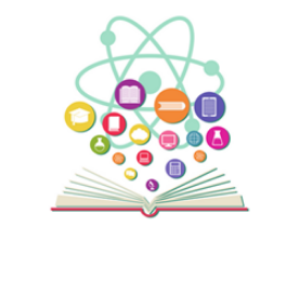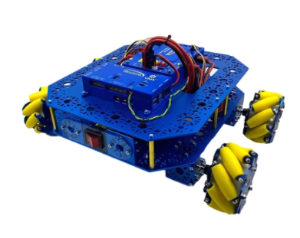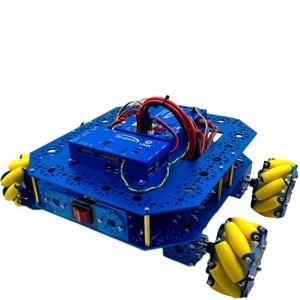Innovations in Science and Technology | AC Pathway

SREB Advanced Career|Innovations in Science and Technology
Innovations in Science and Technology AC Pathway
The Innovations in Science and Technology program will develop students’ technological literacy and stimulate their interest in pursuing a career in science, technology, engineering and mathematics (STEM). This STEM program will provide students with the knowledge and hands-on experiences they need to be successful in the new global workforce. Th e ideal candidate for this curriculum has an enthusiastic curiosity and enjoys challenges that involve solving complex real-world problems.
Through the four courses that make up this curriculum, students will learn to work in teams, think critically, identify problems, and design and test solutions. Students will learn to read and comprehend complex technical materials and communicate eff ectively their understanding of these materials in written, oral and electronic formats.
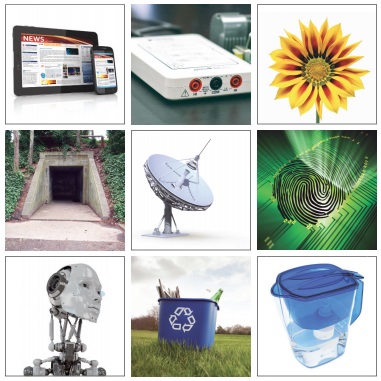
Further, they will learn to apply math and science understandings, and use technology to eff ectively solve challenging problems. Through projectbased assignments, students will explore the future of science and technology, and learn to apply the habits of mind and behavior unique to professionals in the field. They will learn how to program and use National Instruments’ (NI) LabVIEW software and the myDAQ data acquisition device to work as engineers in making and analyzing scientific measurements.
The two foundational courses will engage students in hands-on assignments that challenge them to design, build and evaluate solutions to problems and projects such as The Science of Survival, Cleaning Up Our Water Supply, and Designing and Building an Earthquake-Proof Shelter. Each course will require students to employ the engineering design process. They will do research, follow a line of reasoning, organize and present information, and prepare a written report developed in a style appropriate for the task, purpose and audience. Students will follow a multi-step procedure when carrying out experiments; take measurements; use geometric shapes, measures, and properties to describe objects (e.g., modeling a tree trunk or a human torso as a cylinder); and draw on their creativity and imagination, and from their knowledge base when tackling problems.
Students completing the program may become an NI Certified LabVIEW Associate Developer (CLAD) and may be prepared for earning other relevant industry certifications.
The Four Courses of Innovations in Science and Technology
Innovations in Science and Technology will appeal to students who want to use a hands-on approach to solving STEM-related projects and problems that are authentic to the real world and the global workforce.
| Course 1: The Nature of Science and Technology | This is a contextual-based course that introduces students to the core fundamental concepts of science and technology through authentic projects. Through these projects, students will develop an understanding of the relationship between the physical, biological and social world. Students will gain an understanding of the differences between science and technology, and learn that technology is a process for applying science. Students will develop a deeper understanding of scientifi c inquiry and the engineering design process when solving real-world problems. Students will experience the interaction of science, technology, engineering, math and literacy through a problem-based learning environment. Finally, the process will require students to use mathematics to analyze costs, develop budgets and make precise measurements to successfully implement project goals. |
| Course 2: Core Applications of Science and Technology | This course uses the concepts learned from Course 1 to further develop students’ problem-solving strategies and skills needed by the 21st-century workforce. Students will continue to explore emerging technologies and techniques in the context of addressing authentic projects. Key concepts introduced in this course include sustainability and environmental trends, systems thinking, and trend analysis and prediction. Through engagement, students will experience the necessary connection between literacy, mathematics and science in a variety of hands-on, real-world projects requiring them to apply academic and technical concepts and skills and technology to complete. |
| Course 3: Impacts of Science and Technology | This course will examine the past, present and future impact of science and technology on culture, society and the environment. Students will explore how their predecessors worked to solve some problems that still exist today, and examine the potential of using modern technology to solve those problems. From these explorations, students will engage in a variety of hands-on design projects that will address tradeoffs, optimization, interconnectivity and the nature of complex systems. |
| Course 4: Creativity and Innovations | This course will allow students to brainstorm, use invention, innovation, creativity, predictive analysis and use technology to solve real-world problems. Dimensions covered will include research and development, troubleshooting, experimentation, design failures, patents and trademarks, and design under constraints. |
Fully Developed Pathway Programs
Advanced Career (AC) encompasses a coherent sequence of four ready-to-implement courses; comprehensive training for teachers; access to tools and technology for project-based learning; and end-of-course assessments. To ensure fidelity from site to site, each course has a syllabus that includes instructional philosophy, instructional delivery and support systems, assessment and a recommended grading system.
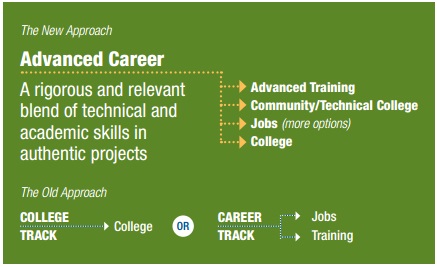
*Content and images provided by SREB.org/AC








